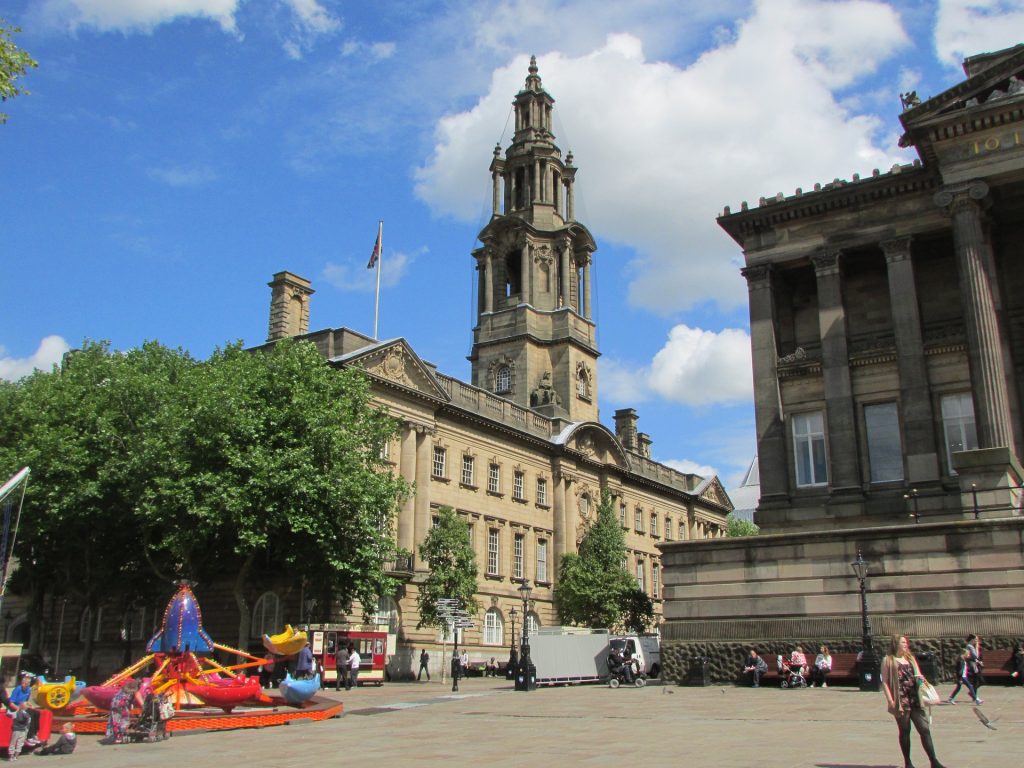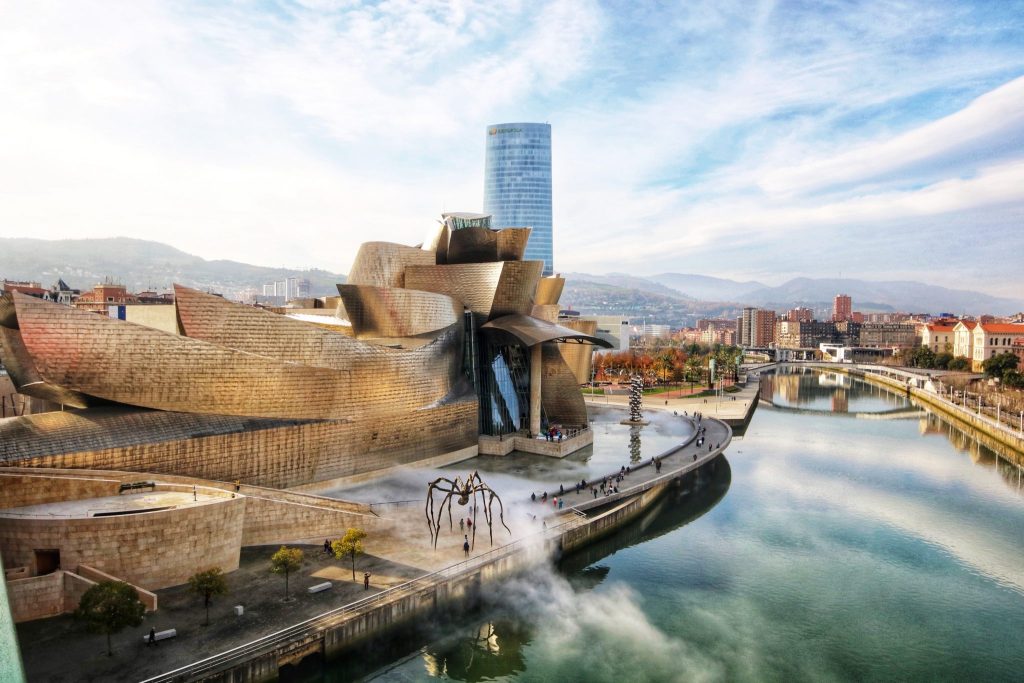How Preston’s “Communal Prosperity” model saved the City
7 min read
Preston used to be the hub of industry in England for a significant period. However, when the major companies in the city opted to relocate their production to countries with lower wages, the economy suffered a severe setback, leading Preston into a profound crisis. Nevertheless, the residents of Preston refused to be disheartened and joined forces to revive their economy. Instead of relying on multinational corporations and meager wages, they embraced local production and shared decision-making. As a result of adopting the “communal prosperity” approach, Preston is currently experiencing a thriving resurgence.
Preston was the economic engine of England for a long time. In the city in the northwestern county of Lancashire, the textile industry boomed in the 19th century. Products from Preston were exported all over the world, and the city grew rapidly. The boom did not last forever, however. After the Second World War, large parts of English industry migrated to low-wage countries. The economy crumbled and with it the city. Just a few years ago, Preston was considered one of the poorest areas in England.
community wealth building.Community Wealth Building.
Community Wealth Building: Business for the People, Not the Corporations
But what is community wealth building? Broadly speaking, it’s an approach that shapes the economy to serve local people, not managers in corporate headquarters or investors in tax swamps. Preston achieves this primarily through four principles:
- I am unable to reword this text.
- Producing and buying locally
- creating good working conditions
- Shaping the economy
Preston’s “Communal Prosperity”: Working with what’s there
Preston understood that the city could not rely on any external savior for assistance. If the residents of Preston desired to improve their situation, they would need to address it independently. Therefore, the initial measure was to examine the current structure of the city’s economy.
Although numerous businesses had departed from Preston, there were also establishments that remained in the town and would continue to do so. Among these were the nearby university, a housing cooperative, the pension fund, the town hospital, and the local government. These establishments were referred to as anchor institutions due to their strong presence in the city and their commitment to staying.
The anchor institutions allocate significant amounts of money each year. The hospital requires daily supplies of fresh food and laundry services, the housing cooperative requires materials and personnel for house maintenance, and the local administration requires stationery and furniture. The list continues indefinitely. The city government examined these expenses and discovered that these institutions rarely made purchases in Preston. Only approximately 5 percent of their spending occurred within their own town. The remaining funds were directed towards other regions within the country and internationally.
Produce locally, buy locally
To enhance the economic growth of Preston through the “communal Prosperity” idea, it was necessary to convince these central institutions to increase their expenditures within the city. As they all had a personal stake in the city’s success, all institutions were willing to make more local purchases. Consequently, local businesses experienced a surge in orders, enabling them to hire additional staff. As a result, more individuals obtained employment and had increased disposable income, further stimulating the local economy.
New businesses were established to meet the growing demand from anchor institutions when existing ones were unable to do so. Preston University provided assistance to these start-ups using its expertise.

Co-determining the economy
There was also a plan for when new companies were founded. What should not happen is that all the profits end up in the boss’s pocket and the workers have no say. The people of Preston should decide for themselves how they want to shape the economy of their city and also reap the fruits of their own labour. The solution to this: cooperatives!
The university provided assistance to the residents of Preston in establishing cooperatives, giving them the power to decide on work methods and the allocation of profits. This initiative aimed to enhance co-determination within the city and ensure that the generated profits benefited the workers directly instead of being stored in offshore accounts. Additionally, the cooperatives had an advantageous outcome as they prevented job outsourcing to countries with lower wages, thanks to the workers’ ability to shape their company policies.
A wage you can live on
The concept of “communal prosperity” was significant to the residents of Preston. They believed that it was crucial for everyone to be able to sustain themselves with their wages. If individuals were unable to make a living wage, what would be the purpose of working in a cooperative or one of the anchor institutions? To address this concern, many local institutions, businesses, and cooperatives made the decision to pay wages that exceeded the minimum requirement, ensuring that people could live comfortably. As a result, individuals had more disposable income, leading to increased consumption and the ongoing growth of the local economy.
Simultaneously, a significant amount of funds were allocated towards ensuring a high-quality education for the urban workforce. The city’s university offered guidance and instruction, while other influential establishments like the local government and housing cooperative also increased their investments in the education and training of the community’s labor force.
Preston’s “Communal Prosperity” Model as a model for success
Preston’s four principles worked strongly together. Anchor institutions looked to their purchasing not only to ensure that local production took place, but also that companies paid their workers well and gave them a say. While not everything could be produced and sourced locally, the percentage of anchor institutions’ spending in their own cities increased sharply. When the Community Wealth Building project started in 2012, it was 5 percent. In 2016, it was more than three times that, at 18 percent!
Preston experienced various improvements during the period of 2014 to 2017.unemploymentThe city experienced a 50% reduction. With a rate of 3.1%, it was lower than the average rate of 4.6% for the entire state. The city’s economic progress was so remarkable that it surpassed the capital city, London, in terms of quality of life and became the most promising city in the country.

The concept of social business is a worldwide phenomenon.
Preston’s achievements have generated excitement and inspired others to follow suit. Currently, 20 other cities and communities have adopted the Community Wealth Building approach. It is important to note that this approach originated in the United States, specifically in Cleveland, a former industrial hub. Like Preston, Cleveland experienced the migration of industrial companies to countries with lower wages, leading to economic decline and urban decay. However, through the implementation of a regional economic plan and the establishment of cooperatives, Cleveland successfully revitalized its economy.
Cleveland drew inspiration from the quaint Basque town,MondragónDuring the Spanish Civil War, the local economy in that area was severely damaged. However, with the assistance of the left-wing priest José María Arizmendiarrieta, a technical college and multiple cooperatives were established in the small town. Presently, Mondragón holds the title of being the largest cooperative globally, operating in 31 countries and employing over 80,000 individuals. The entire federation of cooperatives is managed and owned by the workers through a democratic process.



